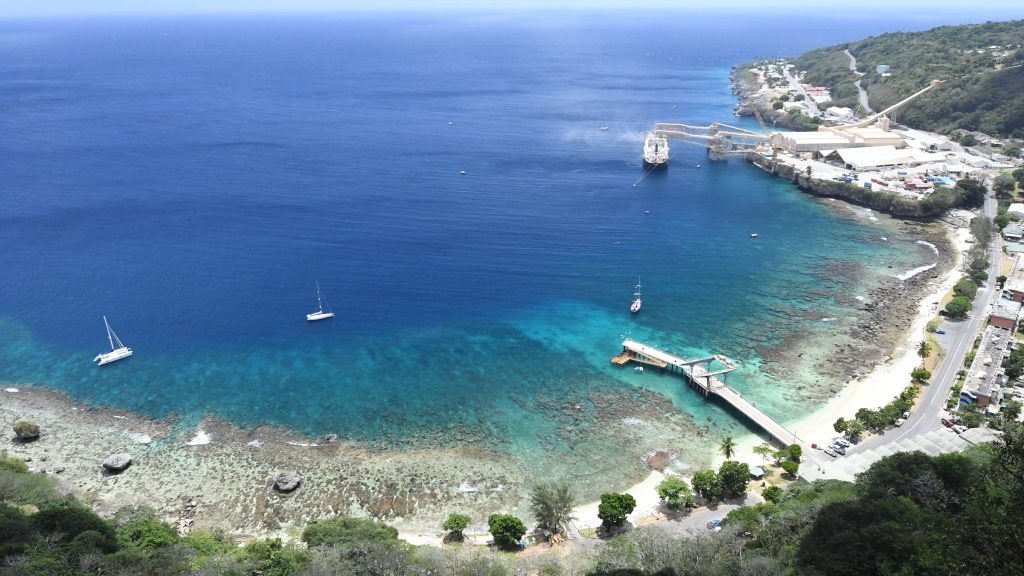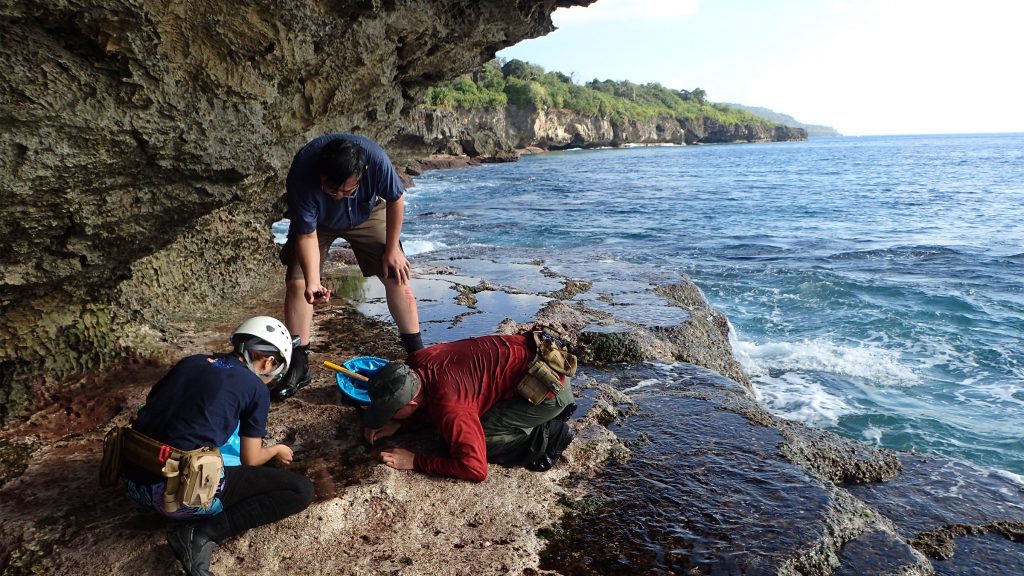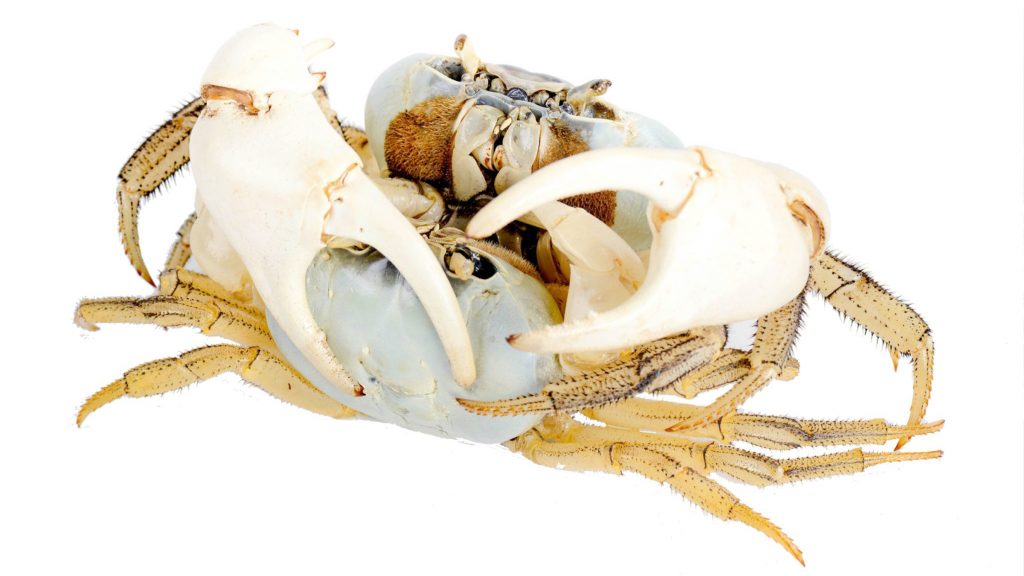1,330 kilometres southwest of Singapore in the Indian Ocean lies a quaint little island with historic ties to Singapore, and special significance to our museum: Christmas Island!
Last December, over 250 participants joined us on our Virtual Vacation to Christmas Island. Missed that webinar, or simply itching for a revisit? Fret not! Using exclusive footage taken by our museum researchers, we bring you along a delightful virtual journey to Christmas Island! Watch it in full here and get a glimpse of our staff at work, combing the shores and diving into the clear waters in search of undiscovered animals.
The lovely island got its name from Captain William Mynors of the East India Company, who sailed past it on Christmas Day in 1643 aboard the vessel Royal Mary. Rich in natural resources, the island caught the eye of the British and was annexed by the British Crown in 1888. A year later, it came under the control of the governor of the Straits Settlements and was administered from Singapore.

This kick-started a period where Christmas Island became home to a flurry of commercial activities—from the extraction of timber to phosphates and other minerals—unfettered by the changes in its governance and sovereignty which saw it become an Australian territory in 1958.
Prompted by concerns of negative impacts the mining activities were causing on the island’s native flora and fauna, a national park was established in 1980 to protect key habitats, especially that of the endangered Abbott’s booby.

Today, the Christmas Island National Park covers nearly two-thirds of its total land area of 135 square kilometres, protecting most of the rainforests on the island and large stretches of biodiverse shorelines.
Geographically isolated from neighbouring landmasses, the insular fauna has developed high endemism, with over 200 endemic species found only on Christmas Island and nowhere else on Earth. Between 2010 and 2017, the museum mounted four expeditions to Christmas Island along with researchers from Taiwan, Japan and Australia. The objective? To conduct biodiversity surveys in its wide range of habitats: rock pools, coral reefs, cliff faces, caves and forests!

We have since discovered 10 species of crabs and prawns, deepening our knowledge of the marine crustaceans of this beautiful island. One such animal is the Christmas Island blue crab (Discoplax celeste), aptly named for its sky blue carapace in adult live colouration.

We are thankful to our friends at the Christmas Island National Park for their support and joint research efforts over the years.
Do also check out our first virtual journey to Pulau Satumu here, produced by our Outreach and Education Unit (OEU), or read about our previous Christmas Island RED exhibition here.